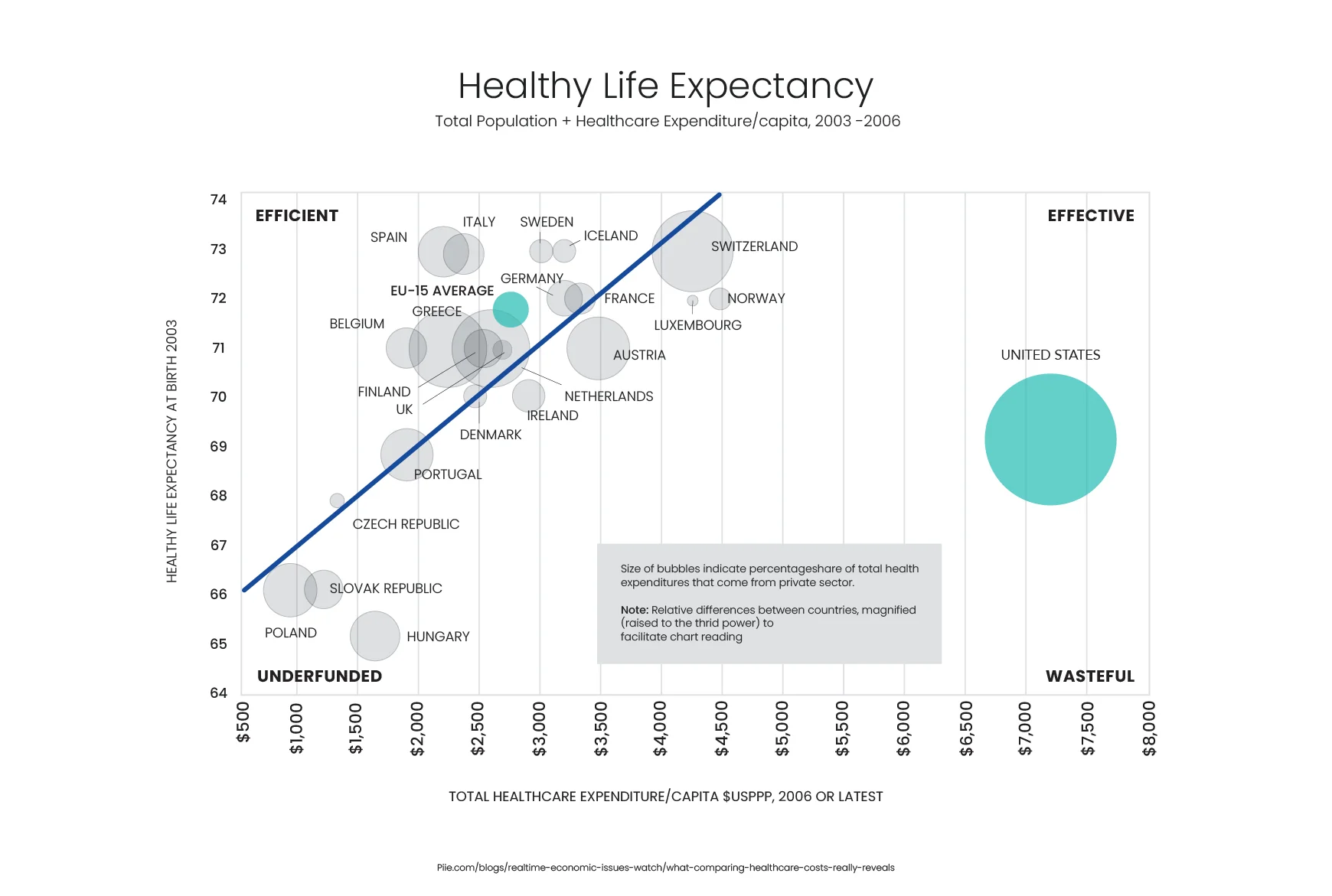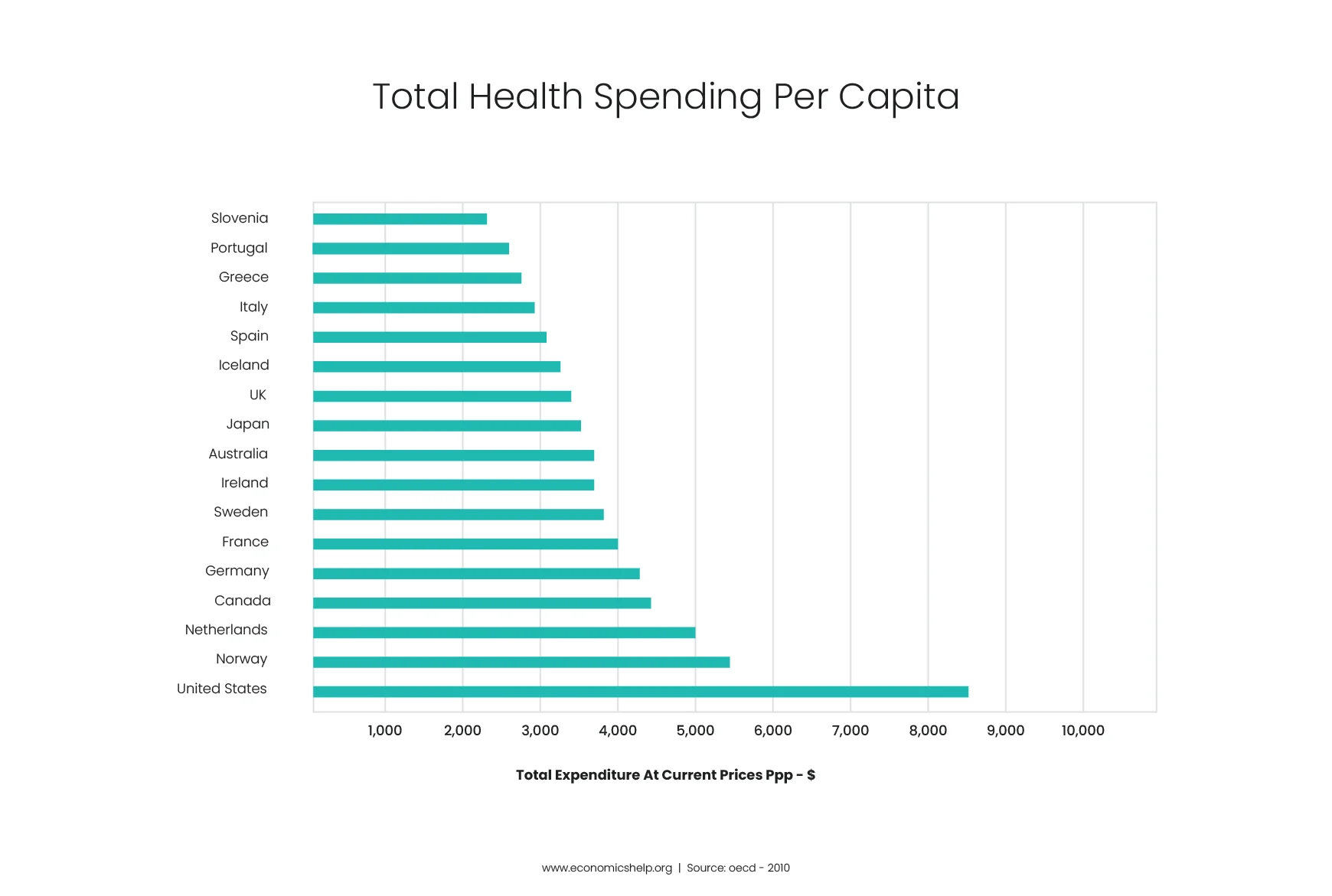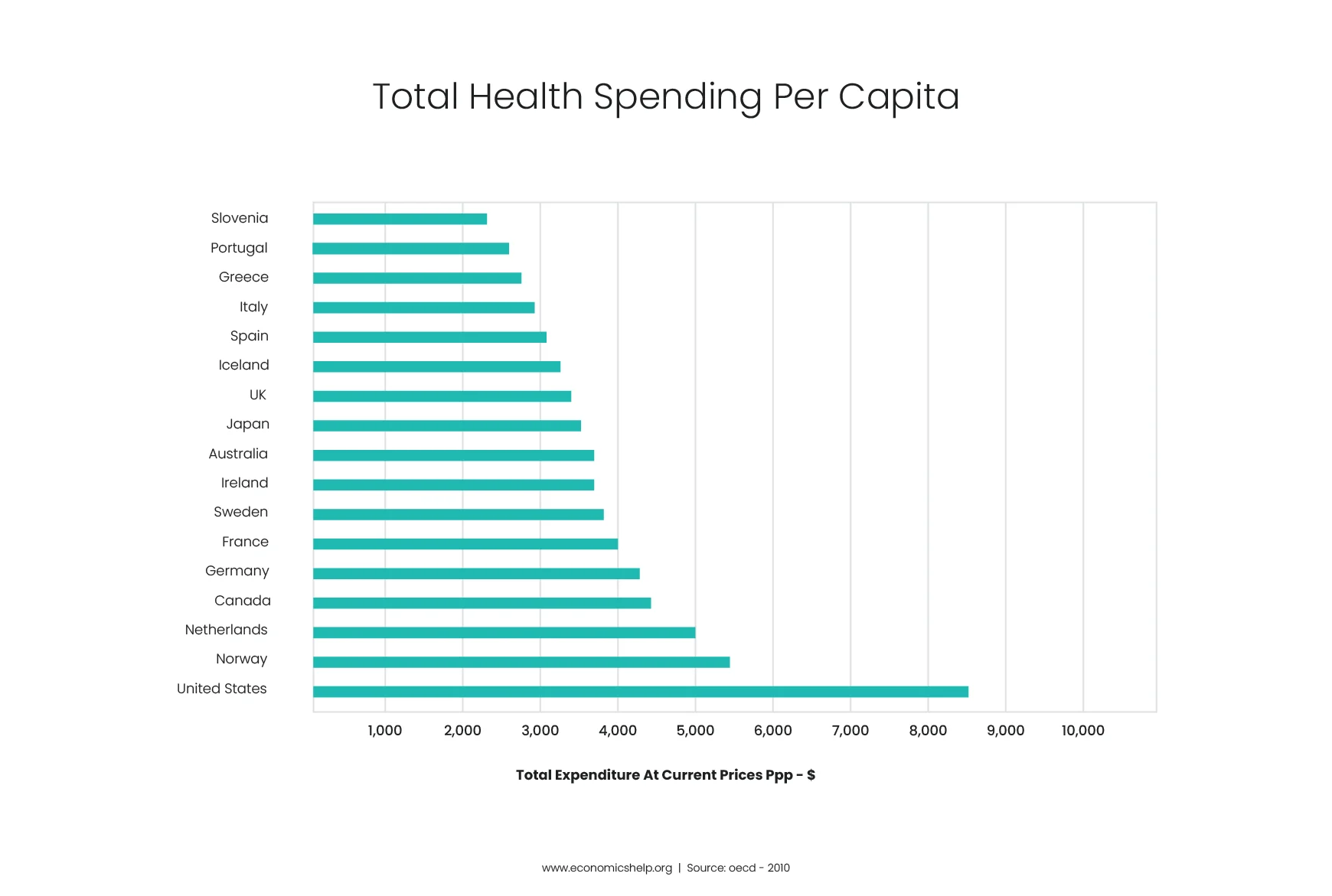The costs of caring for and medicating obesity, diabetes and the cardiovascular pathologies represent more than half of the total cost of the most common pathologies together.
Health care and insurance costs are rising for employers as well as for employees. High health care spending has far-reaching consequences in the US economy, contributing to wage stagnation, personal bankruptcy and budget deficits, and creating a competitive disadvantage relative to other nations. In addition, high health care costs of employers will limit other forms of spending that could support better employee training, more advanced technology in our workplaces and healthy lifestyle programs. As our health status decreases, we as a society lose out on many fronts, especially economically.

Exercise as Effective Disease Prevention to Reduce Health Care Costs
However, societal health status is greatly increased and health care costs are largely reduced as more and more people participate in regular exercise, widely recognized as one of the best ways to prevent obesity and associated pathologies.
Although overwhelming evidence supports regular exercise as one of the best methods for chronic disease prevention, NIH-funded research that focuses on exercise as an effective non-drug prescription for a healthy lifestyle represents a very tiny fraction of the total NIH budget. Research dollars spent by federal agencies and the pharmaceutical industry largely go towards the profit-motive business of correcting chronic pathologies once they occur rather than towards the less lucrative preventative maintenance.
However, for the health of the population, it is much more efficient to prevent or even delay chronic pathologies rather than to correct them after early onset as the result of poor health habits.
The health benefits of StreetStriding go a long way to help promote disease prevention in a physiologically sound and effective way. When you invest in a StreetStrider and use it regularly, you are investing in your health. As the population becomes more healthy, health care costs decrease and more funds are saved and/or can be directed towards other societal benefits such as education, infrastructure and the environment.





